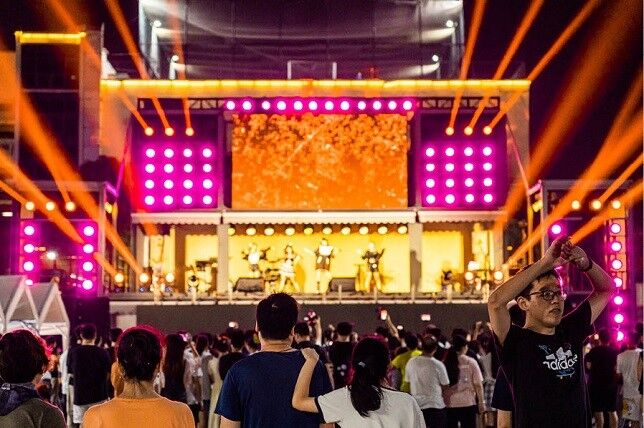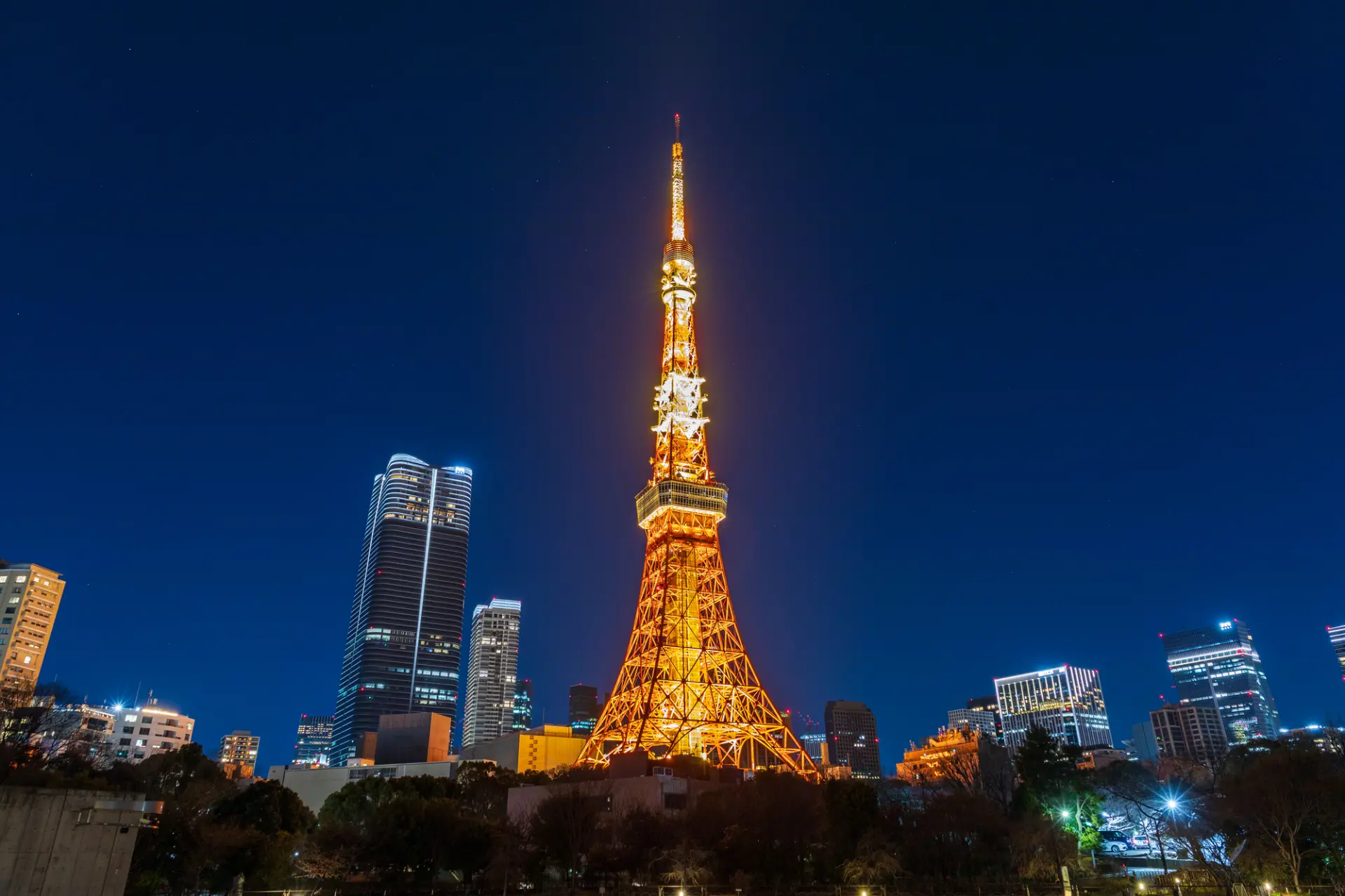In large-scale venues—such as arenas, theaters, and multi-room installations—ensuring stable DMX signal transmission is crucial. As lighting networks grow more complex, signal degradation, latency, and data collisions become more likely. That’s where DMX splitters play a vital role.
This article explores how using DMX splitters can dramatically improve signal reliability, prevent outages, and provide long-term scalability in expansive lighting environments.

Why Signal Integrity Matters in Large Venues
DMX512 was originally designed for simple, linear chains of fixtures. However, in modern productions, lighting networks often span hundreds of meters and control dozens (or even hundreds) of fixtures simultaneously. Signal loss can result in:
Unresponsive or flickering lights
Delayed signal processing
Complete zone blackouts during live shows
In high-stakes live environments, a single data failure can ruin a performance. Signal optimization isn’t optional—it’s essential.
Understanding DMX Signal Challenges
DMX transmits data over a daisy-chained network using shielded twisted-pair cable, typically capped at 512 channels per universe. In practice, issues arise when:
Cables exceed 100–150 meters without regeneration
Too many devices are chained on a single line (more than 32)
Interference occurs from nearby power cables
Termination is missing at the end of a line
In such conditions, the DMX signal becomes unreliable, making fixture behavior unpredictable.
What Is a DMX Splitter?
A DMX splitter (also called an opto-splitter or repeater) is a device that takes a single DMX input and duplicates it across multiple isolated outputs. Each output behaves like a fresh DMX source with proper signal levels and electrical separation.
Types of DMX Splitters:
Optically Isolated Splitters
Provide electrical separation between outputs to protect against voltage spikes or shorts.Passive Splitters
Inexpensive but lack regeneration or protection—only suited for very short runs.RDM-Capable Splitters
Allow bi-directional communication for device status and configuration using RDM protocol.
Benefits of Using DMX Splitters
1. Enhanced Signal Stability
DMX splitters regenerate and amplify the signal, ensuring it remains clean and strong even after traveling long distances or branching across multiple zones.
2. Electrical Isolation
Each output is isolated from the others, preventing one malfunctioning fixture or power issue from crashing the entire DMX universe.
3. Load Distribution
By splitting outputs, the electrical and data load is spread across fixtures more evenly, reducing stress on the controller and cable network.
4. Simplified Troubleshooting
When issues occur, technicians can isolate the faulty output quickly without affecting the entire rig.
Application Scenarios in Large Venues
DMX splitters are indispensable in these setups:
Theaters with Balcony and Stage Lighting
One output feeds the house lighting; another controls overhead truss fixtures.Arenas and Stadiums
Separate outputs feed perimeter lights, floor lighting, and rigging structures.Corporate Events and Conventions
Each zone or room is powered by a dedicated DMX output to maintain modularity.Touring Rigs
Splitters are installed in pre-wired racks for plug-and-play signal distribution at each stop.
Best Practices for Using DMX Splitters
To get the most out of your splitter:
Position strategically: Mount near control racks or signal distribution hubs.
Terminate every output: DMX lines should always end with a 120Ω terminator to prevent reflections.
Avoid daisy-chaining splitters unless they regenerate signal per branch.
Use RDM-compatible splitters when bi-directional communication is required.
Power separately: Some high-end splitters have battery backups or dual inputs for reliability.
Common Mistakes to Avoid
Even with a splitter, poor practices can compromise performance:
Overloading each output with more than 32 fixtures
Using non-DMX-rated cables, causing loss or interference
Neglecting fixture addressing conflicts when multiple zones are combined
Failing to plan for redundancy, especially in live broadcast or touring shows
Proper training and planning help teams avoid these costly pitfalls.
Conclusion
DMX splitters are not luxury tools—they’re essential components in any large venue’s lighting infrastructure. From stabilizing signal over long distances to isolating faults and expanding network flexibility, these devices ensure shows run without interruption.
Incorporating DMX splitters from the design phase forward saves technicians from signal headaches and enhances the reliability of every lighting cue.
READ MORE:
- From Framing to Wash—This 800W LED Moving Head Handles It All in Harsh Outdoor Environments
- Best Beam Lights for Aerial Effects in Large Arenas
- Fixtures That Combine Strobe, Wash, and Beam in One Unit
- Best Fixtures for Architectural Highlighting in Heritage Sites
- How Venue Size Affects Bulk Fixture Pricing
- Battery Fixture Storage: Best Practices During Off-Season
- Passive vs Active Cooling in Next-Gen LED Fixtures





Blue Sea Lighting is an enterprise with rich experience in the integration of industry and trade in stage lighting and stage special effects related equipment. Its products include moving head lights, par lights, wall washer lights, logo gobo projector lights, power distributor, stage effects such as electronic fireworks machines, snow machines, smoke bubble machines, and related accessories such as light clamps.
Quick Links
For more questions subscribe to our email









